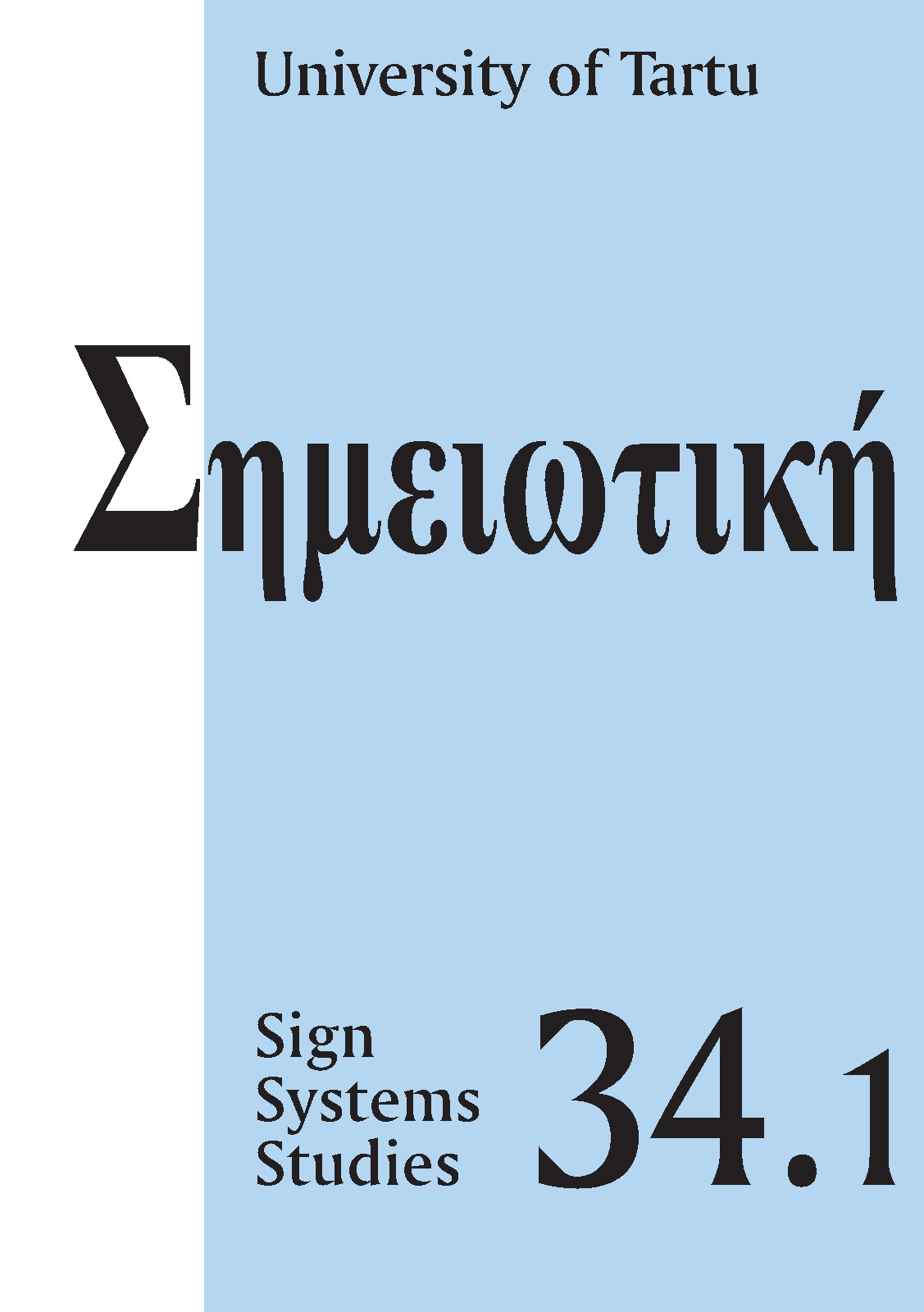From semiosis to social policy: The less trodden path
DOI:
https://doi.org/10.12697/SSS.2006.34.1.06Abstract
The argument moves through three stages. In the first, the case is made for accepting ‘living is semiotic engagement’ as ‘a foundational statement for a postfoundational age’. This requires a thoroughgoing rejection of mind-body substance dualism, and a problematisation of humanism. In the second, the hazardous endeavour of applying the above perspective to social policy begins with a consideration of the sine qua non(s) underpinning such an application. These are posited as unpredictability of outcomes and blurring of the human/non-human boundary. In the third stage, the case is developed for a policy orientation that is both liberal-pragmatic (with some caveats relating to ‘liberal’) and post-humanist, and the paper concludes with some speculation concerning the precise policy outcomes of such an orientation.


